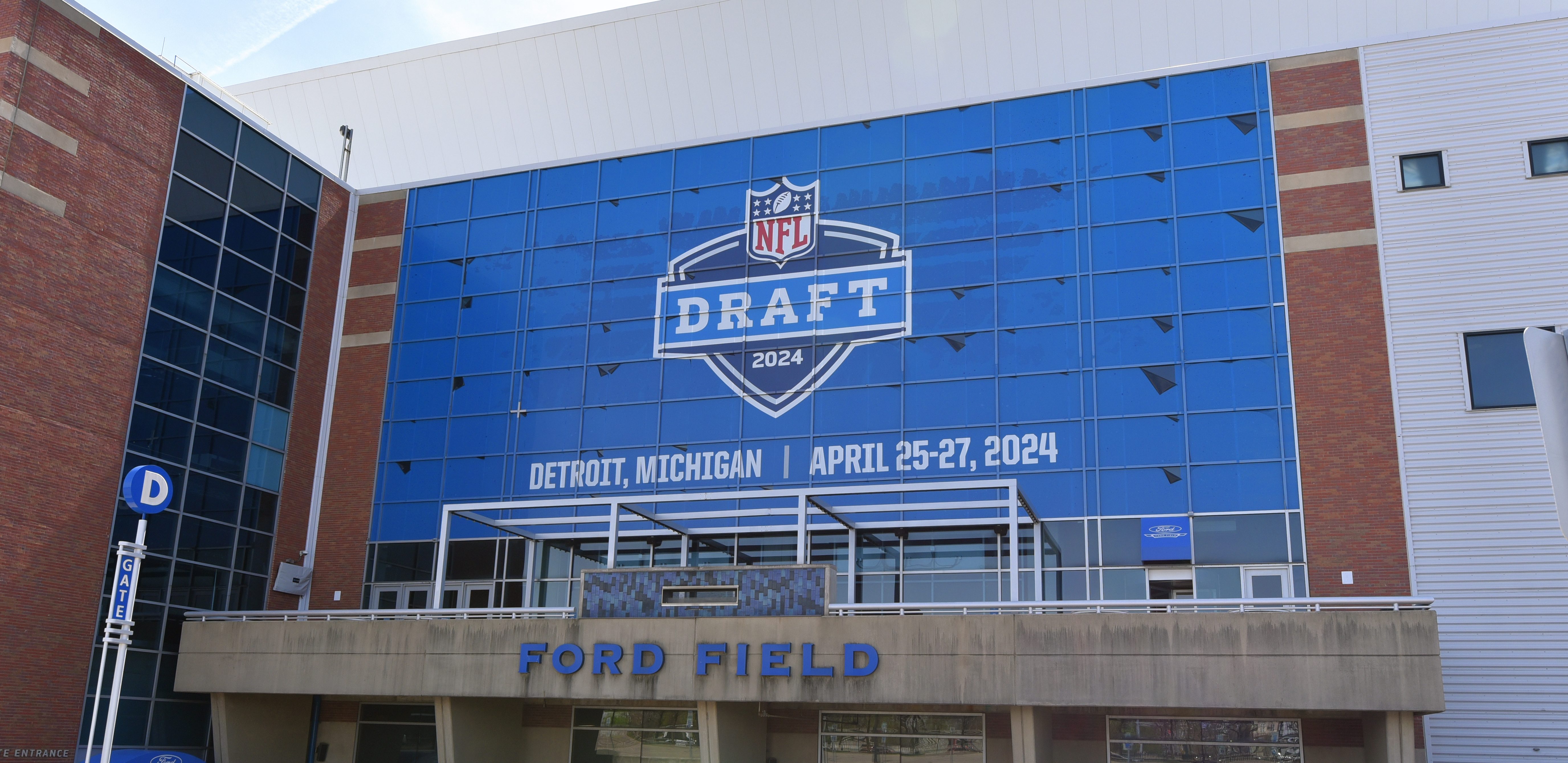
The infield fly rule is used in baseball all the way from youth leagues to the majors. During a pivotal part of the World Series game last night, however, it was ignored by the umpires. Why? Let's sort this out.
Last night, the Phillies had runners on first and second with one out, and a pop-up was hit to Carlos Pena at first base. The umpires, as I said earlier, chose not to call the infield fly rule in this instance.
We were told over the air by Joe Buck the reason for the no-call. The umpires have claimed that, because of the conditions, catching the ball required more than an "ordinary effort." I can't disagree that it was taking an extraordinary effort to catch the pop-ups in those conditions.
By definition of the rule, this is a textbook infield fly rule case.
Before we go any further, let's review the rule, via MLB themselves:
An INFIELD FLY is a fair fly ball (not including a line drive nor an attempted bunt) which can be caught by an infielder with ordinary effort, when first and second, or first, second and third bases are occupied, before two are out. The pitcher, catcher and any outfielder who stations himself in the infield on the play shall be considered infielders for the purpose of this rule.
When it seems apparent that a batted ball will be an Infield Fly, the umpire shall immediately declare "Infield Fly" for the benefit of the runners. If the ball is near the baselines, the umpire shall declare "Infield Fly, if Fair."
The ball is alive and runners may advance at the risk of the ball being caught, or retouch and advance after the ball is touched, the same as on any fly ball. If the hit becomes a foul ball, it is treated the same as any foul.
If a declared Infield Fly is allowed to fall untouched to the ground, and bounces foul before passing first or third base, it is a foul ball. If a declared Infield Fly falls untouched to the ground outside the baseline, and bounces fair before passing first or third base, it is an Infield Fly.
Sports
In partnership with NBC Sports Philadelphia
Given the rule, there are a few problems I have with the logic given for the no-call.
1. Why are we playing baseball when it requires more than an ordinary effort to catch a freaking pop-up? It doesn't make the players less tough or less manly to state that the sport is not meant to be played in these types of conditions. You don't play hockey on melting ice, and you don't play basketball outside in high winds. Right? Right. So you don't play baseball in a freaking monsoon.
2. Let's exercise common sense and remember the spirit of the rule. The reason the rule is in place is so the infielder can't just let the pop-up drop on purpose, and then pick it up and get an easy double or triple play. It's in place to protect the offense from this sort of maneuver. My question is ... couldn't Pena have done this anyway? And it would have been legal because the umpires decided to arbitrarily stop calling the rule? In fact, I'm of the opinion it would have been easier for Pena to let the ball drop and try to nail two of the runners, who were standing on top of their respective bases.
I believe it should have been called ... and I don't think I'm in the minority.

No Call on Infield Fly Rule Baffles Everyone originally appeared on MLB FanHouse on 2008-10-28T11:00:00 00:00. Please see our terms for use of feeds.



